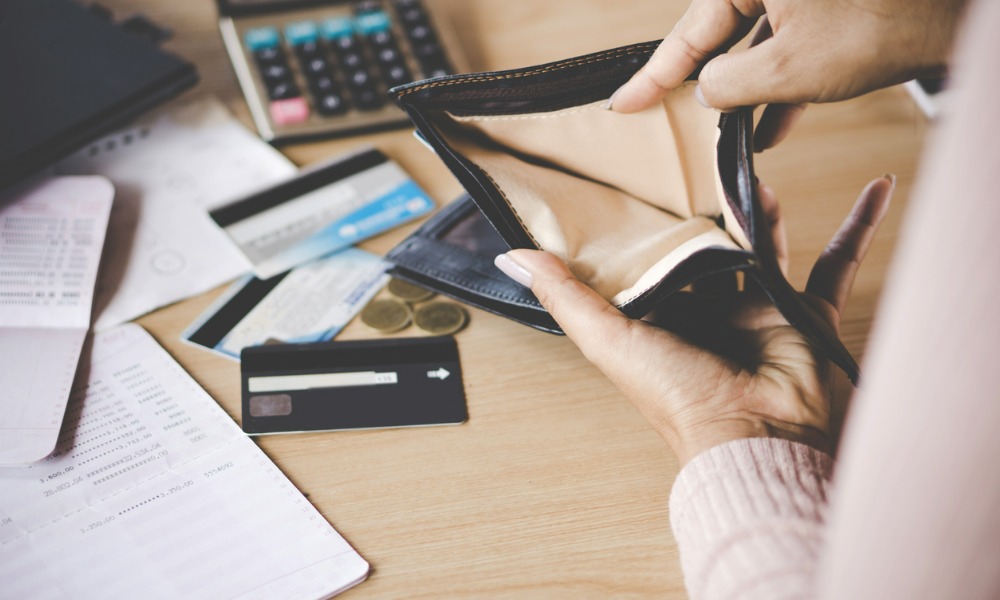Latest debt index shows likelihood that despite affordability concerns, Canadians will borrow more before the end of the year

A marketplace of “buy now, pay later” (BNPL options) has burgeoned along with the surge of online shopping and financial instability during the pandemic, which could be pushing more Canadians toward the brink of debt.
In the latest edition of its quarterly Consumer Debt Index, personal insolvency firm MNP found that six in 10 Canadians (58%) – including almost four in 10 (37%) who said they’re inclined to spend with a credit card that already has a balance – are at least somewhat likely to borrow more before the year ends.
Around one fifth (22%) of respondents said that this fall, they’ll likely turn to BNPL options as their method of payment. Around the same number (22%) said they’re considering purchase finance options, and 15% said they’re likely to apply for a new credit card. Roughly one in 10 (9%) said they’re thinking of getting a payday loan.
“’Buy now, pay later’ options, payday loans and credit cards are particularly attractive to those with tight finances, but the payment terms, fees and interest charges are largely underestimated or misunderstood,” said MNP President Grant Bazian, who noted an increasing number of online retailers are offering the options. “[T]hese credit options benefit the lenders the longer that people stay in debt because of the high interest costs and various fees for processing and/or late payments.”
Taking the temperature on Canadians’ financial situation, the firm found 46% of respondents, an increase of two percentage points from the previous survey, said they’re $200 away or less from being unable to meet all their financial obligations, including more than a fourth (27%) said they already don’t make enough to keep up with their bills and debt payments.
Fifty-two per cent of respondents shared concerns about how rising interest rates would impact their financial situation, and a little more than a third (35%) said they’re concerned that higher interest rates would push them toward bankruptcy.
Rising rates are of particular concern because of the current low-rate environment, which ironically is making half of Canadians (49%) more relaxed than usual about carrying debt. Another three in five Canadians (58%) said low interest rates give them a chance to buy things that might ordinarily be out of their financial reach. That could be the motivation driving 38% of Gen Z and 27% of millennial respondents to say they’re likely to consider BNPL options before the end of the year.
The temptation to use BNPL solutions might be especially high given the pervasive affordability concerns across the country. Forty-five per cent of Canadians polled said it’s getting less affordable to feed themselves and their loved ones; one third said the same about housing costs.
Thirty-six per cent were concerned about clothing costs, and 33% cited household necessities and transportation. Amid those concerns, 40% said it’s becoming less affordable for them to save, and 29% are finding it harder to put money towards their debt.
“Unmanageable debt is stressful enough on its own, but when there is already virtually no wiggle room in the household budget and then the cost of living increases, people can start to feel hopeless,” Bazian said.



